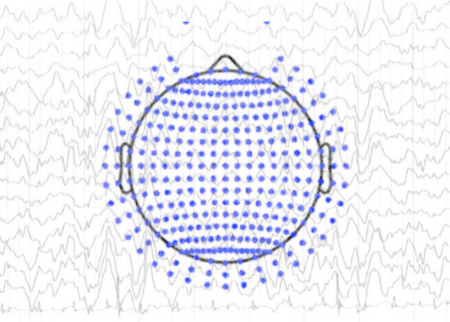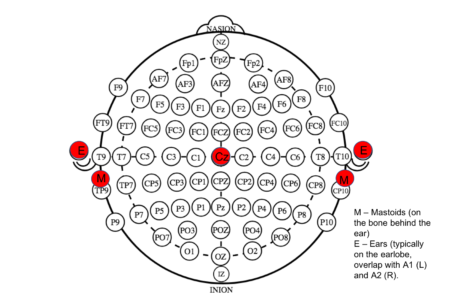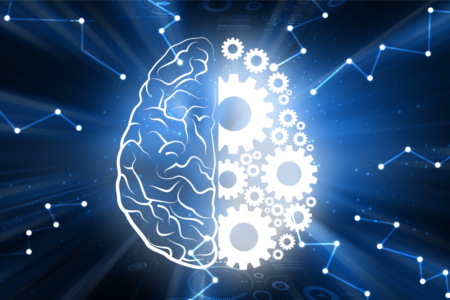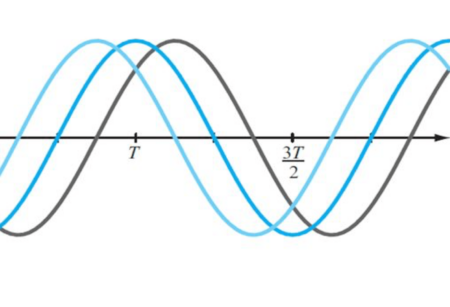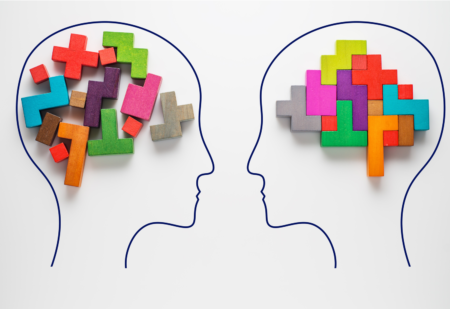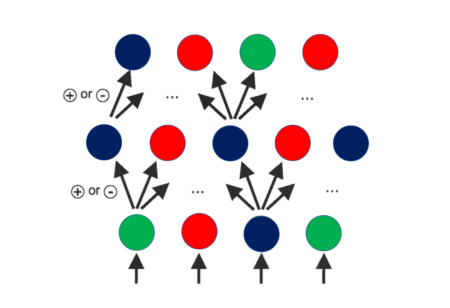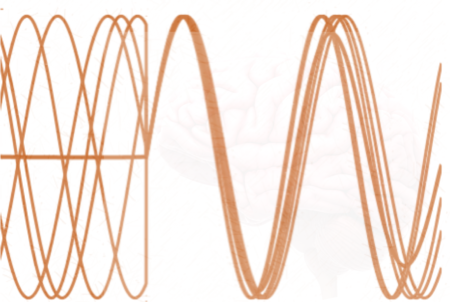How do the average and infinity references in EEG compare, and what are other reference free approaches? In the previous blogpost, we looked at how…
Lab Talk
Constructing a Theory of the Brain
What are the necessary elements for a genuine theory of the brain and what will it take to construct one? In my previous posts I…
Effect of EEG Reference Choice on Outcomes
In EEG, voltages recorded at each electrode are computed with reference to another electrode. The choice of this electrode reference impacts a number of EEG measures….
Individual Variability in Adolescent Brain and Behavior
Little is known about the developmental trajectory of the brain through adolescence but a few studies suggest there is large inter-person variability and differences that…
Engineering a Brain: Can This Work?
Many theoretical proposals in neuroscience are presented in the form of an engineering solution. But engineering a solution is a different process than creating a…
3 Assumptions That Could Topple Neuroscience
Much of neuroscience rests on certain critical unproven assumptions that if wrong, could collapse much of the field as we know it today. There are…
EEG Connectivity Using Phase Lag Index
Phase Lag Index is a tool to estimate connectivity in EEG in a way that eliminates volume conduction effects. However, it is also likely to…
Building The Brain With Modules
Models in computational neuroscience that solve for one outcome cannot combine with one that solves for another. Can a modular approach solve this? The short…
The Crisis of Computational Neuroscience
Computational Models attempt to explain the behavior of the brain using neural network simulations, but assumptions that help simulate one phenomenon are destructive to the…
Assessing Connectivity with Phase Locking Value
Assessing phase locking in the signal between two electrodes is often used as a method to assess functional connectivity. Here is a look at how…

